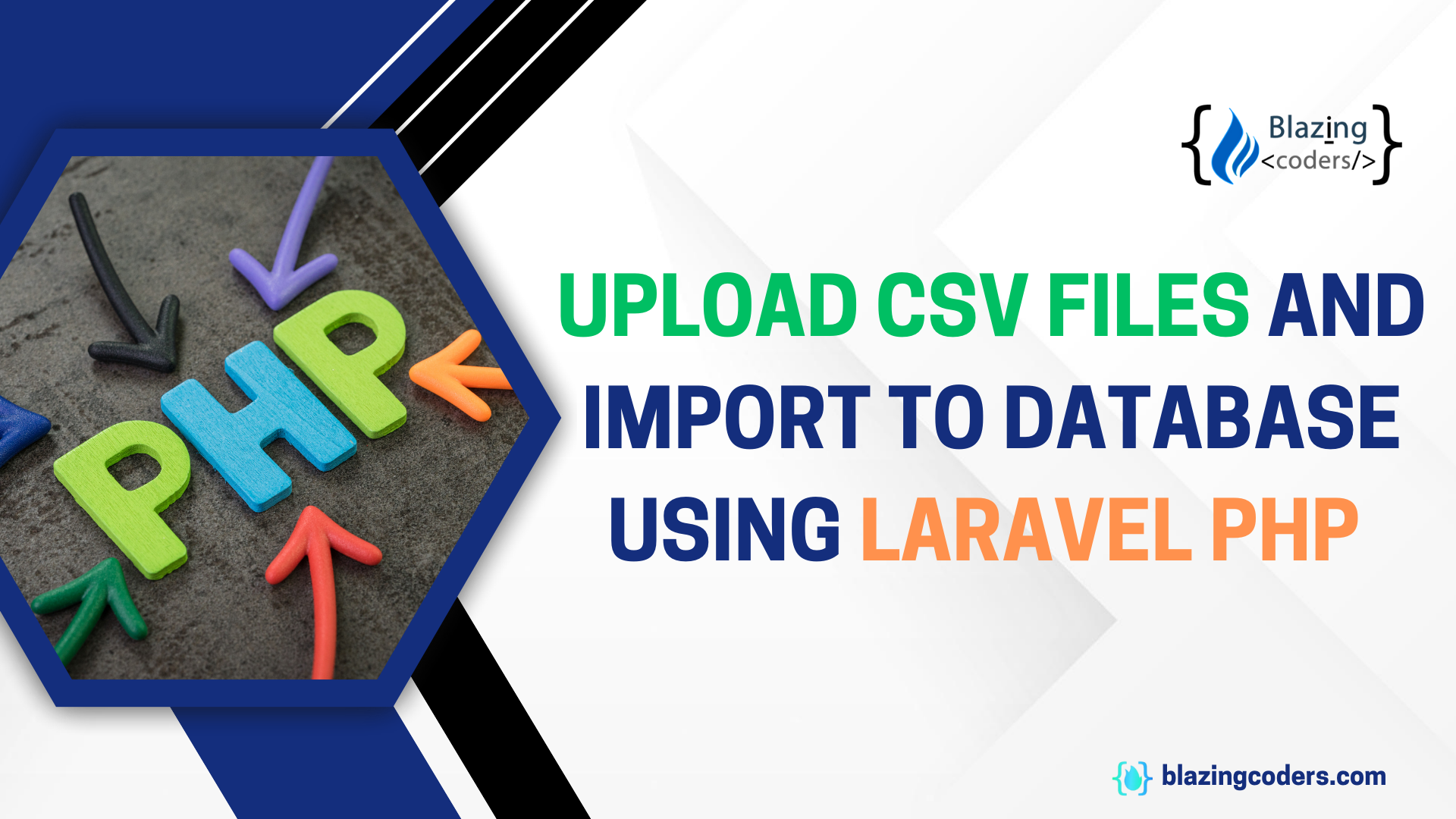How to get last insert ID in PHP Codeigniter?
In this article, we are going to discuss how to get the last inserted ID in Codeigniter. I will let you know how to get the last inserted id from the table. Sometimes, You have to work on relational t
Read More



